
The Metropolitan Manila Development Authority has just approved a resolution prohibiting the use of e-bikes/e-trikes (as well as pedicabs, pushcarts, and tricycles) on major thoroughfares in Metro Manila starting in April. While most motorists rejoice, this isn’t good news. Here’s why.
If we’re serious about solving traffic congestion, the powers-that-be need to prioritize more efficient modes of transport.
Before anything, I’d like to point out that using “e-bike” as a blanket term isn’t always helpful. As mentioned in this article, we can’t treat them all the same way because of crucial differences. Using a single term neglects these and only causes confusion. We can’t regulate what we can’t identify in the first place.
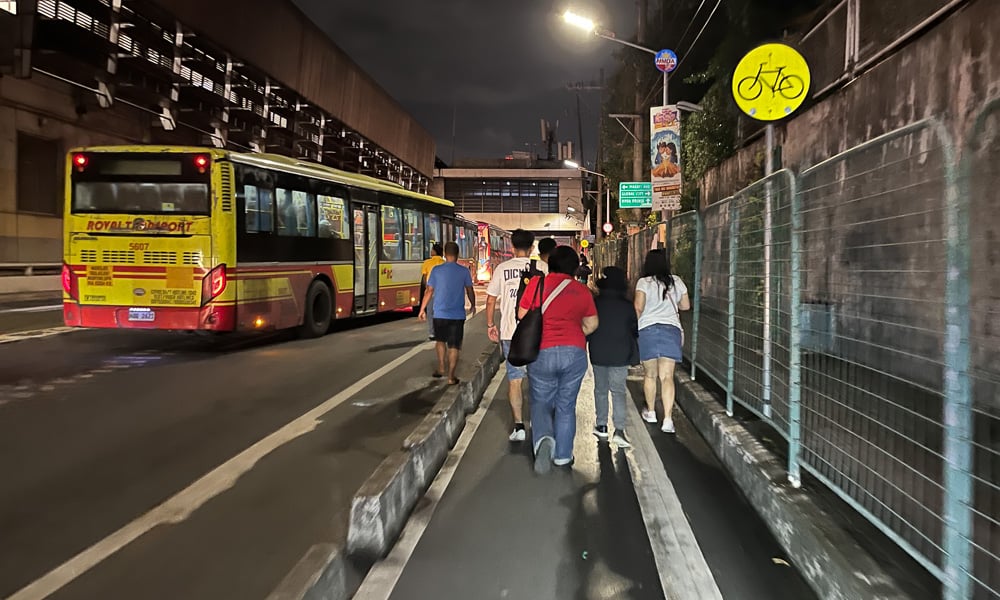
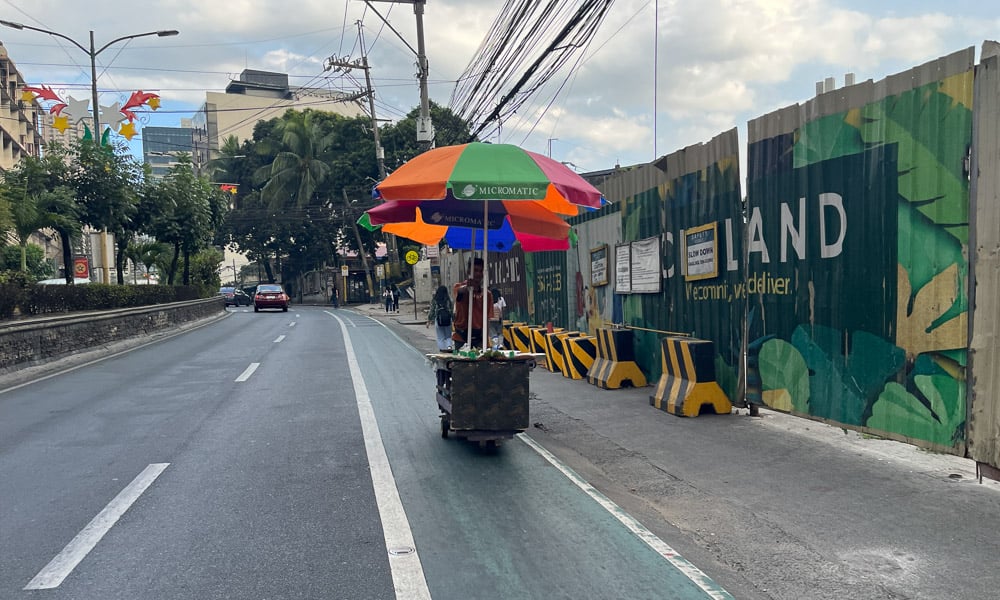

I am not downplaying or disregarding the issues regarding the quality of these EVs, as well as the behavior of erring users. But the problem goes deeper than the e-trike videos on social media. We need to step back and look at the bigger picture when it comes to mobility.
At the start and the end of the day, all we really need is to get from point A to wherever we have to be. There are many ways to do that. If you regularly follow us, you probably use a car or a motorcycle. Others, like me, ride a bicycle or an electric scooter. And the majority walk and/or commute.
It would be nice if all modes were viable and efficient. But that’s far from reality, especially in Metro Manila of all places. Sidewalks are practically nonexistent. Biking can feel like an extreme sport at the worst of times. And you wouldn’t choose public transport if it meant waiting several hours to get a ride.

So, if none of these modes are favorable, what does that leave us with? Cars. While there are true-blooded motorheads who genuinely enjoy driving, ordinary folk see it just as a way to get around—the only way to move with comfort and dignity, sadly.
The problem is that encouraging automobile usage comes with consequences, such as congestion, road crashes, and pollution, which endanger our lives. Even though only a small minority actually own a private car, our streets are flooded with them.
Motorcycles are the workhorse of the population, and they are space-efficient. But they still emit pollution, and not just any person can operate one with the skills needed to ride safely.
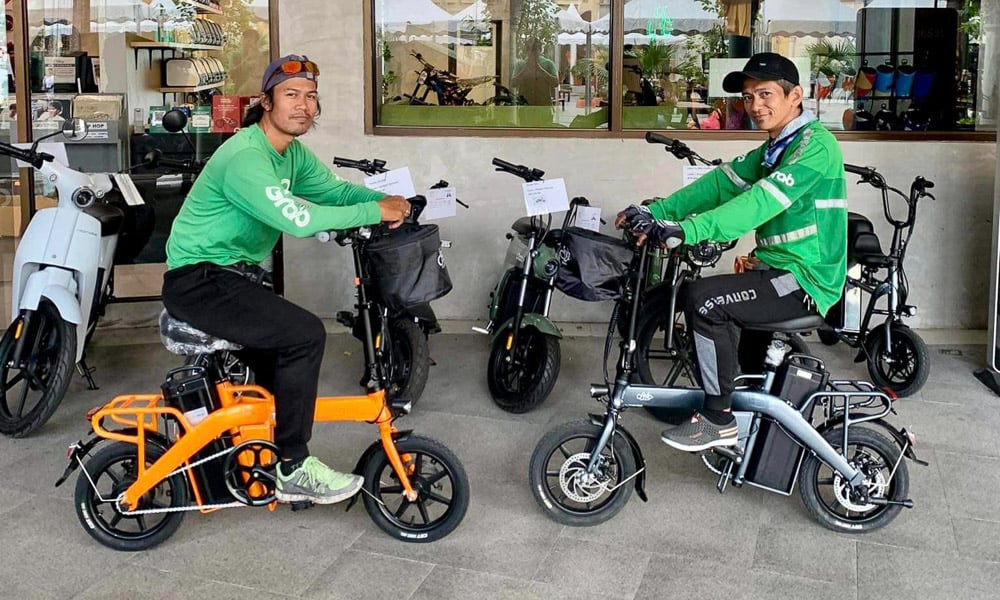
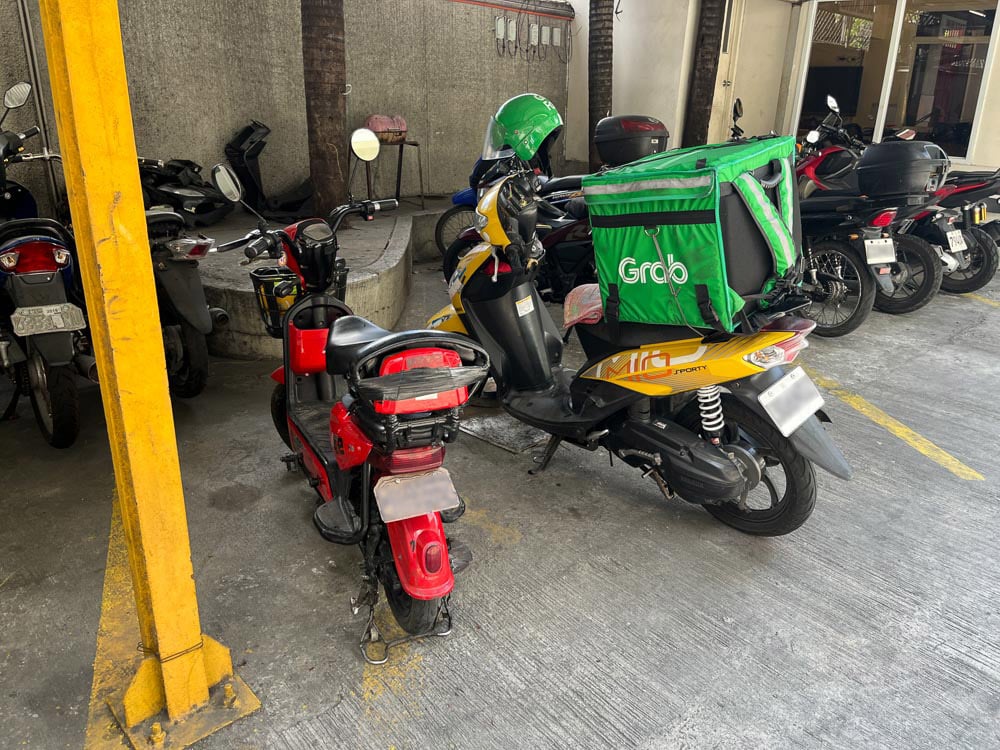

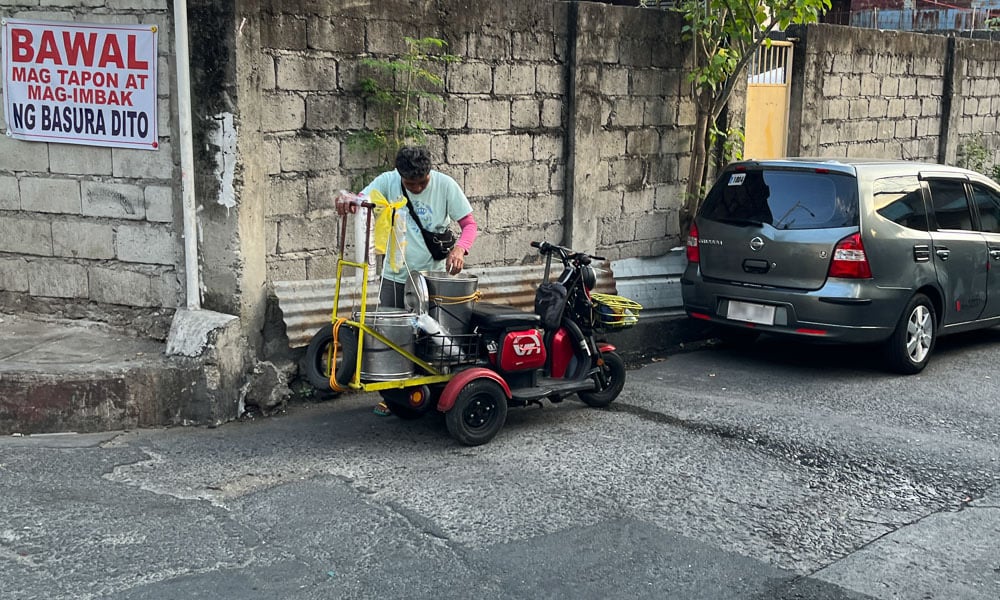
Okay, so what do e-bikes have to do with this? Metro Manila is said to have the worst traffic in the world. And if we’re serious about solving it, then we need to exhaust every alternative starting with what’s efficient and practical. Public transit is important, but reforming it will take decades, if not years.
E-bikes come in different shapes and sizes such as pedal-assist bicycles, electric scooters, electric kick scooters, and electric tricycles—providing clean transportation that is also affordable. And since they usually don’t travel as fast as motor vehicles, they are inherently safer and more accessible.
It seems like e-trike users lack the most basic of motoring knowledge. However, that doesn’t mean they can’t be educated and disciplined. Things could be better. You don’t have to turn a blind eye to the users in order to recognize the benefits of these light electric vehicles.
The question authorities should be asking isn’t “How can we restrict them so that they don’t inconvenience motorists?” but rather “How can we develop policies, regulations, and infrastructure so that people can use them safely and efficiently?”




If Hatasu‘s products are anything to go by, there are crucial shortcomings that have to be addressed with e-trikes such as stability and reliability. However, these can be fixed with better product development and quality control.
Despite that, e-bikes are highly diverse and that’s what gives them the potential to meet the mobility needs of different people—especially those vulnerable such as women, the elderly, and PWDs. We need a transport system that is inclusive, not exclusive.
If the best solution the authorities can give is to restrict their usage, the message that is ultimately being communicated is this: “If you don’t have access to a motor vehicle, then put up with shitty public transportation, risk your life bike-commuting, or try to not get run over crossing the street.”
It’s the same mindset as signs that say, “Bawal tumawid. Nakakamatay.” Instead of making the streets safe enough for those who are vulnerable, authorities would rather keep them off the road under the guise of safety.


How would you feel if you were told that you aren’t allowed to drive on national roads because your car isn’t “safe”? Can you even get around Metro Manila without passing through any of the listed thoroughfares?
The MMDA cites the increasing number of road-crash incidents as the reason for prohibiting e-bikes. Last year’s recorded number of 554 is not good, and that must be reduced.
However, are e-bikes really that dangerous when compared to cars and motorcycles, which racked up 72,295 and 31,124 incidents, respectively, in 2022? Why are these motor vehicles—which are far more lethal—allowed to roam freely? You might think, “Well, their users have driver’s licenses.”
Take note that even if licensing becomes mandatory for e-bikes, they will still be prohibited on national roads. Also, that won’t mean much with our abysmal motoring standards, which sorely need to be raised. Just take a look at the current breed of Filipino motorists who already hold a license.

Ultimately, banning e-bikes/e-trikes isn’t going to solve your mobility issues. Even if the roads were cleared of all e-trikes, they would still be congested with cars stuck in traffic. And building more roads isn’t the answer.
If those with authority and power are serious about solving problems involving the environment and transportation, they must cultivate a transit system that is sustainable and diverse. And we, being people living in a democracy, must hold them accountable for it.




As the world undergoes electrification, the micromobility sector is becoming increasingly important. Pedal-assist bicycles are gaining popularity in Europe, with Toyota France even offering electric cargo bikes at its car dealerships; Gogoro began its battery-swapping e-scooter platform in Taiwan, and is now expanding internationally; and BGC residents benefit from Moovr’s ride-sharing fleet of electric bicycles and electric kick scooters.
Like it or not, e-bikes are here to stay, and they are the future of mobility. So, the sooner that we embrace them, the better things will be for everyone.

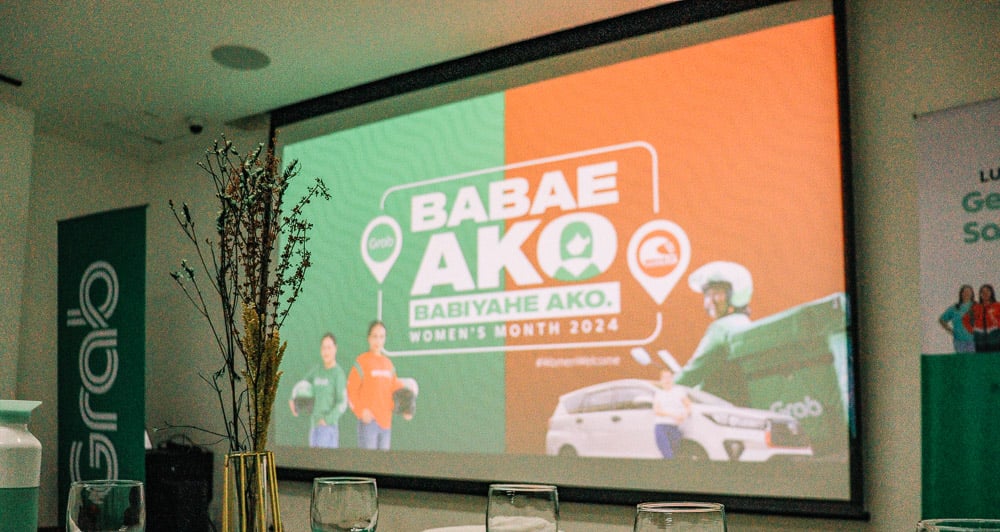









Comments